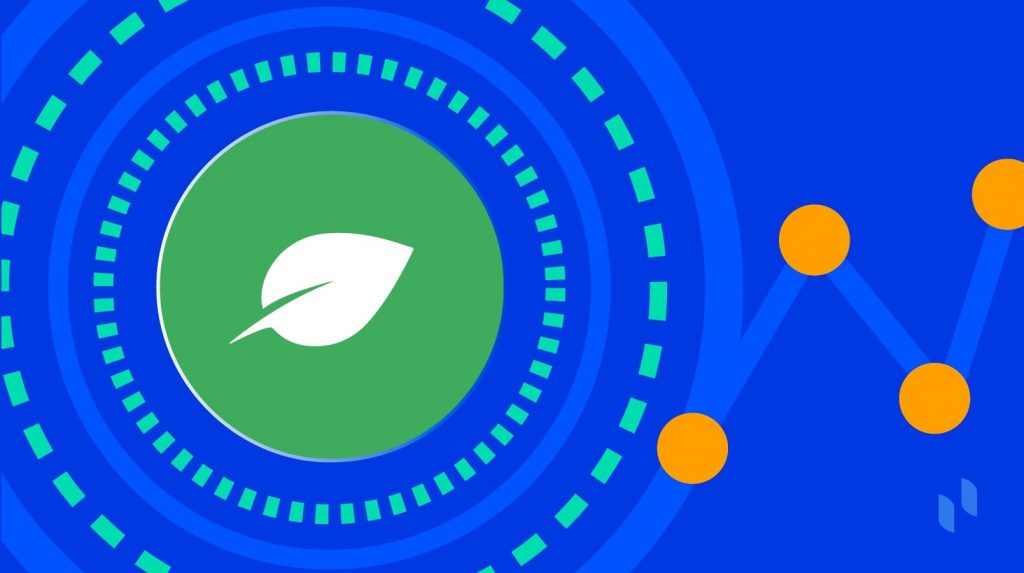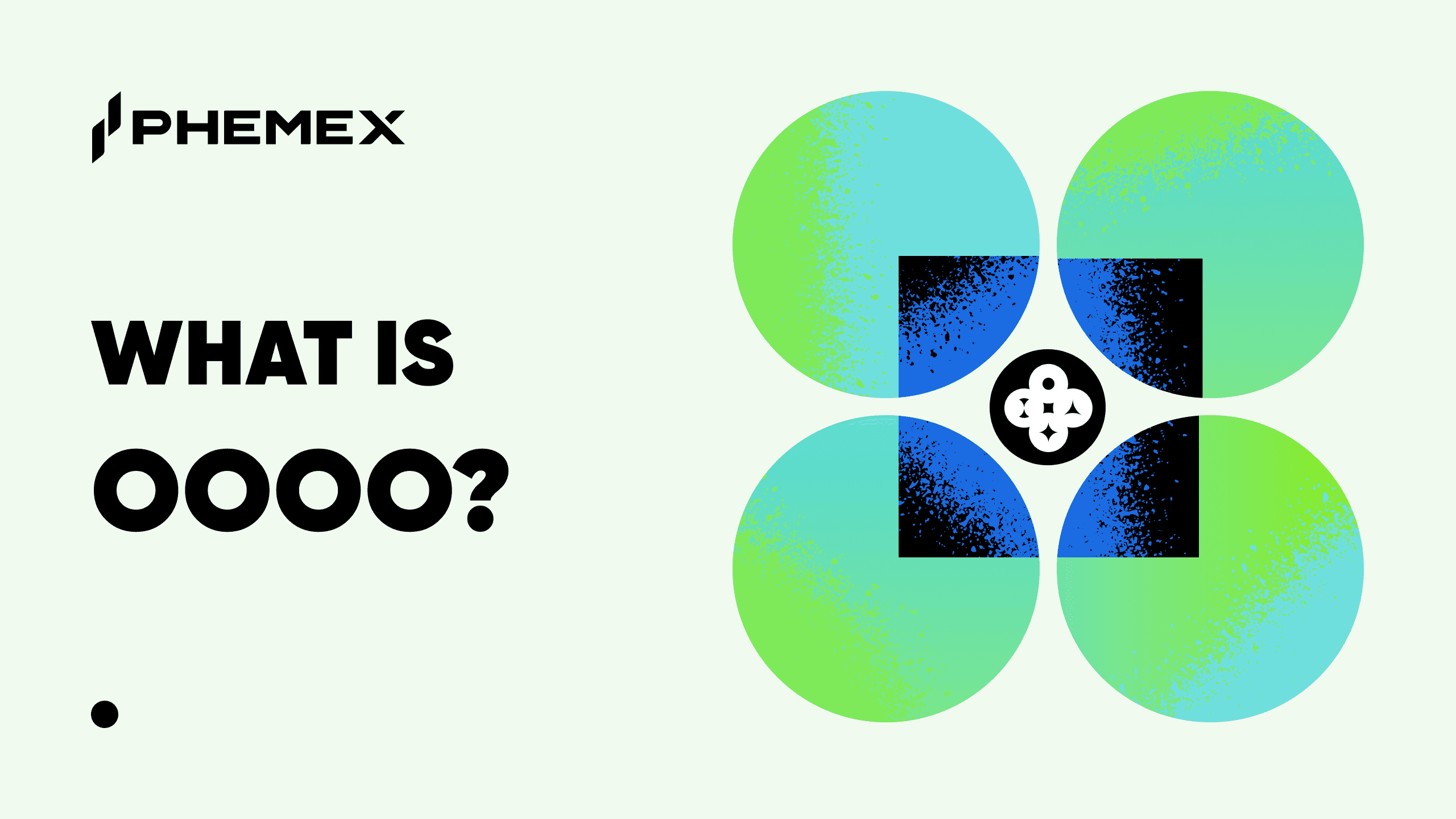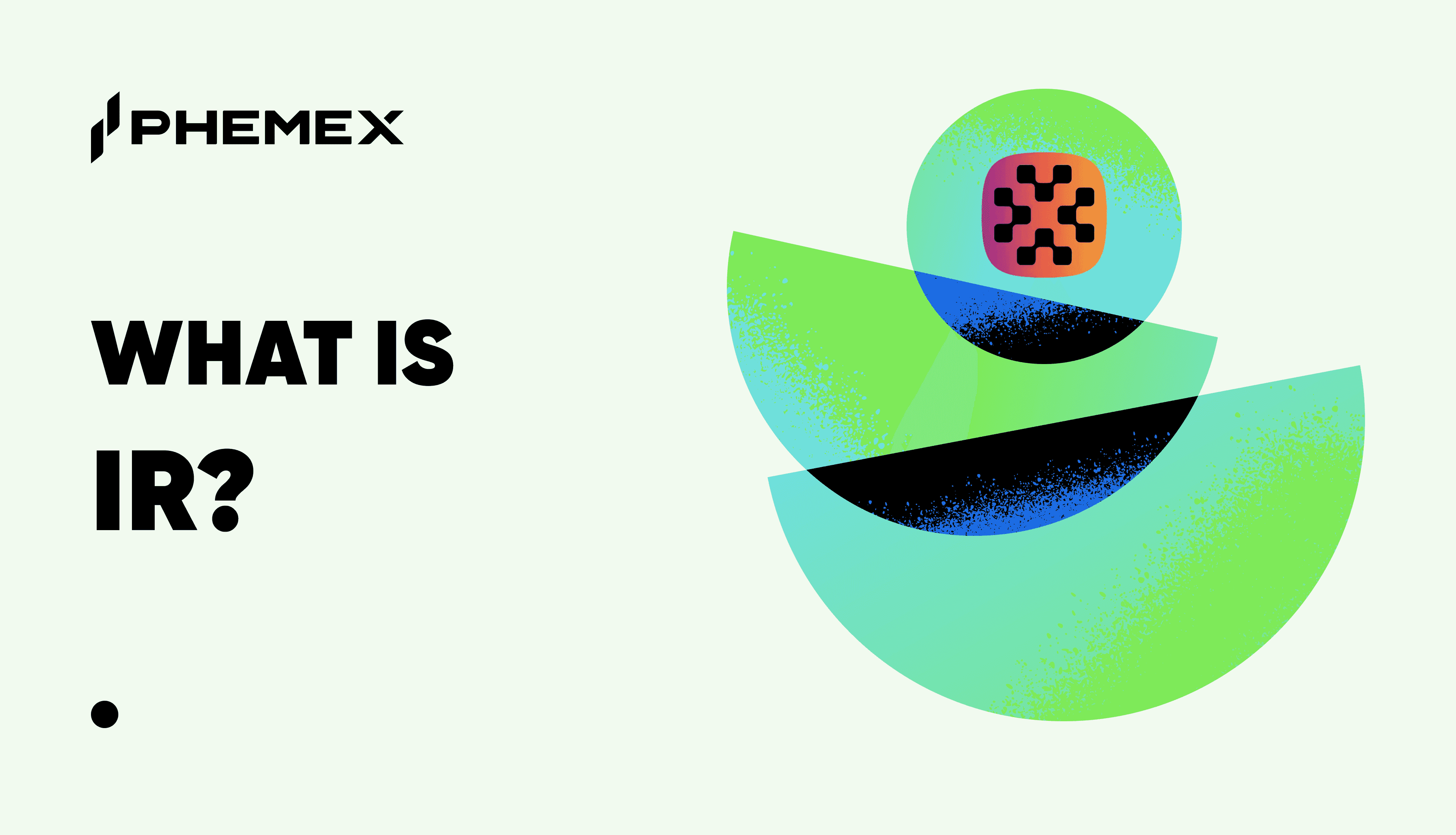Summary
- Chia is a smart transaction platform designed as an eco-friendly improvement on Bitcoin. Chia’s method of mining is far more eco-friendly than Bitcoin’s PoW.
- In addition to proof of space and time, Chia claims three other key innovations, which are more eco-friendly and decentralized farming process, more reliable and simple implementation practice, and the ability to support internal smart transaction functionality such as vaults and payment channels.

Launched in May 2021, the Chia Network (XCH) is a smart transaction platform designed as an eco-friendly improvement on Bitcoin. XCH currently trades at $823 USD per token.
What Problems Does Chia Aim to Solve?
While Bitcoin (BTC) has proven revolutionary since its 2009 launch, parts of its core technology and underlying assumptions are starting to show their age. Though Bitcoin’s proof-of-work (PoW) algorithm and unspent transaction output (UTXO) model have served it well, certain underlying inefficiencies have been difficult to address.
As Bitcoin experienced increased adoption, transactions slowed and fees soared. This lack of scalability has plagued the project for years (despite solutions such as the Lightning Network) and has resulted in several hard forks, such as Bitcoin Cash (BCH).
Bitcoin’s PoW algorithm relied on the core assumption that there would be an excess of unused CPU resources across the world. Instead, single-use hardware powered by cheap electricity has proven far better at PoW calculations than general-purpose CPUs. As a result, miners have clustered into areas favorable to hosting large data centers. China is one such area, currently accounting for 65% of all Bitcoin mining activity.
This has weakened Bitcoin’s principle of decentralization because mining is now largely only feasible for dedicated entities with large resources. The increased centralization reached its most dangerous point in July 2014, when the Bitcoin mining pool gHash.IO briefly exceeded 50% of the network’s total computing power.
These huge mining farms have also drawn negative attention from both the public and regulatory authorities. According to the Cambridge Bitcoin Electricity Consumption Index (CBECI), Bitcoin has a carbon footprint larger than that of Sweden. The environmental impact of Bitcoin remains one of the most popular arguments against crypto adoption and has motivated significant government crackdowns, especially in China.

Source: CBECI
How Does Chia Work?
One key technology behind the Chia blockchain is proof of space and time (PoST). In this consensus algorithm, “farmers” (Chia miners) must prove that they have allocated storage for the network, much like in Filecoin (FIL). This method of mining is far more eco-friendly than Bitcoin’s PoW, as it doesn’t waste electricity or valuable resources on calculations that don’t generate real value. In addition to proof of space and time, Chia claims three other key innovations:
- Farming: To be economically viable, PoW mining requires specialized and resource-intensive hardware (ASICs). The Chia team claims that since the token can be “farmed” by allocating unused storage, the process is more eco-friendly and decentralized. All that is required to farm Chia is an initial “plotting” process executed by Chia’s node software, after which very few resources are consumed. As no specialized hardware is required, allocated space can be easily repurposed at any time.
- Chialisp: This Turing-complete programming language is based on Lisp and designed specifically to facilitate the development of smart transactions. Chialisp aims to integrate the power of the Ethereum (ETH) transaction model with the reliability, simplicity, and ease of implementation of UTXO. Examples of functionality unlocked by Chialisp include wallets that can only send funds to authorized recipients, fund recovery when underlying hardware fails, and atomic swaps.
- Colored Coins: Much like the ERC-20 standard, colored coins enable the issuance of altcoins, assets, and stablecoins on top of the Chia network. Unlike ERC-20 tokens, colored coins support internal smart transaction functionality such as vaults and payment channels. The technology also allows holders to create “offers,” which are unfinished transactions that can be distributed publicly. Anyone with access to an offer can complete the transaction by taking up the counterparty role.
Who Is Behind Chia?
Unlike most crypto projects, the Chia team has stated its desire to embrace regulation through a public listing. Chia was founded by Bram Cohen. Cohen is best known as the Founder and CEO of BitTorrent, a file-sharing protocol accounting for 43-70% of all Internet traffic at its peak in 2009. Cohen left BitTorrent in 2017 to found Chia, for which he now serves as CEO. On July 24, 2018, BitTorrent was acquired by the TRON Foundation.
Chia has received investment from notable institutional names such as Andreessen Horowitz and angel investor Naval Ravikant. More recently in 2020, the company raised $5 million in an equity round led by Slow Ventures to explore the development of DeFi-friendly base layer technology.
Chia Price History
After its first listing on May 4 at $1600, Chia (IOU) briefly rose to $1800 before rapidly plummeting by over 50% to around $629 today. It should be noted that the token is not yet publicly available. The IOU status of current Chia listings indicate that these assets were contributed as a pre-deposit from miners. They will eventually be converted into the actual token once the mainnet becomes available.

Source: CoinMarketCap
Unlike Bitcoin, there is no hard cap on the amount of Chia that can be farmed. Instead, the Chia team favors a predictable, continuous rate of inflation that they argue will give holders a shared expectation of supply and protect against unexpected emissions.
Of particular note is the size of Chia pre-mine, which added 21 million XCH to its “strategic reserve.” One Coindesk article predicted that it may take 21 years for the rest of the world to mine as much XCH as the company would own on the launch date.
On the other hand, it should be noted that Chia has no plans to hold an ICO. According to COO Gene Hoffman, the tokens are owned by the company, so they could only be used with proper shareholder oversight should the company follow through with its public listing plans. Investors would be able to treat the company as a type of exchange-traded fund (ETF) for its substantial XCH assets.
What Is the Future for Chia?
While there are some promising technologies behind Chia, the token is new and largely unproven. Chia Network Inc. is seeking to foster the development of decentralized finance (DeFi), decentralized exchange (DEX), and cross-border payment applications on the token’s network. But as indicated by recent fundraising, the company is still in an initial exploration stage. It may be some time before decentralized app (DApp) developers begin to consider the token.
In addition, Chia intends to sell software services and support for the open-source Chia blockchain to governments, financial institutions, enterprises, and storage traders once an ecosystem is established. The company is also considering using its strategic fund to provide other companies with cheap loans as a method of encouraging adoption in financing activities.
So far, Chia has not found much of a market position beyond serving as a “greener Bitcoin.” Given that most holders use Bitcoin as a store of wealth, this proposition may prove dubious should the network fail to expand its applications. It’s worth noting that questions have been raised around how well Chia can solve Bitcoin’s problems in resource usage and centralization. Chinese miners recently sent hard drive prices surging to farm Chia much in the same way they had with GPUs and Bitcoin.
Conclusion
Backed by a team with many years of tech experience, Chia’s primary challenge moving forward will be to prove its value proposition. As the mining of many other tokens becomes inaccessible due to high hardware costs (proof-of-work) or initial investment requirements (proof-of-stake), Chia wants to bring us to a place whereanyone with a computer can mine crypto.
While the crypto community has mixed feelings regarding traditional governance structures, the more corporate nature of Chia may provide a level of transparency and security once the company goes public. Potential investors should note that a significant number of tokens will be introduced to the market over the next few weeks as the mainnet comes online, which may cause significant price fluctuations.
Read More
- What is Blockchain Technology: The Biggest Misconception About It
- Why Does Bitcoin Have Value?
- What is Cryptocurrency & How It Differs From Digital Cash
- July Crypto Market Analysis
- What is Bitcoin: World’s Largest “Group Project”
- What is Chiliz (CHZ): Unleashing the Potential of NFTs In Sports Marketing
- https://phemex.com/academy/defi
- Web3, AI, and Crypto Converging to Transform the Internet








